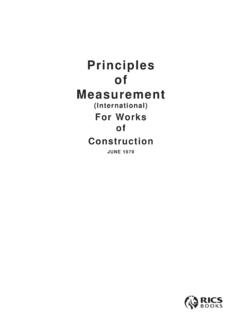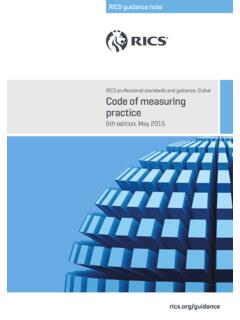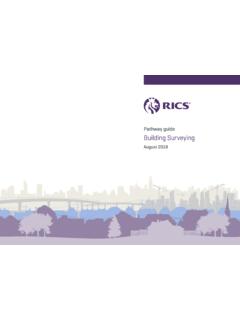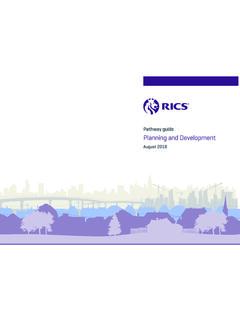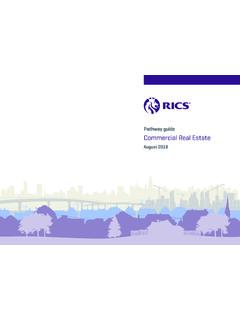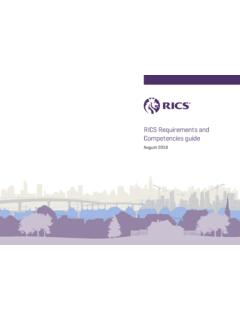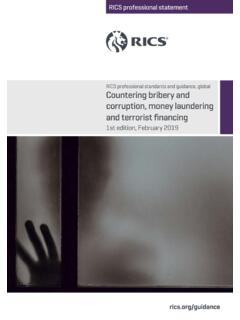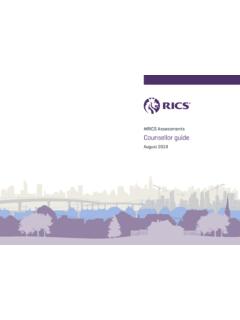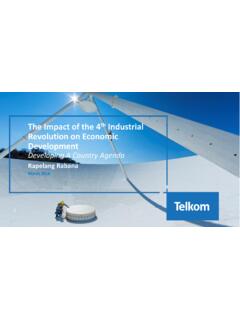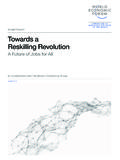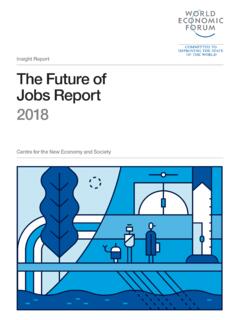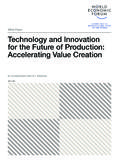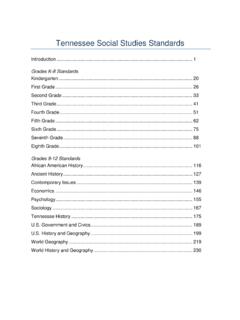Transcription of The future of BIM - RICS
1 RICS insight paper The future of BIM: Digital transformation in the UK. construction and infrastructure sector July 2020. The future of BIM: Digital transformation in the UK. construction and infrastructure sector July 2020. Copyright acknowledgments Figures 3, 4 and 9b are reproduced with permission from BSI, CDBB and UK BIM. Alliance. Permission to reproduce extracts from British Standards is granted by BSI. British Standards can be obtained in PDF or hard copy formats from the BSI online shop: or by contacting BSI Customer Services for hardcopies only: Tel: +44 (0)20 8996 9001, Email: Figure 9a is reproduced with permission from Mark Bew. Figure 11 is reproduced with permission from Chapman Taylor Architects.
2 Figure 13 showing the solar energy potential of Helsinki Olympic Stadium by Helsinki 3D+ is licensed under CC International. Contains public sector information licensed under the Open Government Licence : Published by the Royal Institution of Chartered Surveyors (RICS). RICS, Parliament Square, London SW1P 3AD. ISBN 978 1 78321 395 5. The views expressed by the authors are not necessarily those of RICS nor any body connected with RICS. Neither the authors, nor RICS accept any liability arising from the use of this publication. Royal Institution of Chartered Surveyors (RICS) July 2020. Copyright in all or part of this publication rests with RICS.
3 Save where and to the extent expressly permitted within this document, no part of this work may be reproduced or used in any form or by any means including graphic, electronic, or mechanical, including photocopying, recording, taping or web distribution, without the written permission of RICS or in line with the rules of an existing licence. Typeset using Typefi. The future of BIM: Digital transformation in the UK construction and infrastructure sector Acknowledgments Authors Thomas Dowd MRICS (Liverpool John Moores University). Dianne Marsh MRICS (Liverpool John Moores University). Professional group leads Alan Muse FRICS. Anil Sawhney FRICS.
4 Freelance editor Jess Rogers ii RICS insight Contents Acknowledgments ii Glossary 1. Foreword 3. 1 Introduction 4. Purpose 5. 2 The background to BIM 6. BIM within the built environment 6. The I' in BIM 7. Dimensions of BIM 8. BIM collaboration 8. Current level of adoption 11. 3 The evolution of BIM 12. Overview 12. The Bew-Richards maturity model (2008) 14. Digital Built Britain (2015) 14. Industry (2017) 18. Design, build, operate and integrate (2018) 19. BIM according to BS EN ISO 19650 (2019): implementation of information management 19. BIM evolution: summary 21. 4 Information management, BIM and Industry technologies 23. Overview 23. Opportunities 23.
5 Summary 33. 5 future action and challenges 34. Overview 34. Plan of action 34. future challenges 35. 6 Summary and conclusions 38. 7 References 41. Appendix A: Digital technologies/value for RICS groups 46. July 2020 RICS insight iii The future of BIM: Digital transformation in the UK construction and infrastructure sector iv RICS insight July 2020. Glossary 3D printing Creation of a physical 3D object from a 3D design by layering materials to provide its form. Artificial intelligence (AI) Digital technologies that enable machines to replicate or even exceed human intelligence in specific tasks. Big data A collection of large amounts of unrelated data that, once analysed, can create value.
6 Blockchain Akin to a physical ledger: the pages are the blocks that are linked together by the chains creating a secure, undisputable record of digital Building information modelling (BIM) BIM is fluid and dynamic in definition: it is driven by the creation and management of information during a project's life cycle, supported by technology and a collaborative process. Common data environment (CDE) A single source of information used to collect, manage and exchange project documents, consisting of various forms of information (such as models, drawings, schedules, etc.). Facilitating collaboration between project team members helps to avoid duplication and Depending on the project's requirements, a range of processes, practices and technologies may be required to facilitate collaboration and act as a CDE.
7 How they interface with each other needs to be Construction The term used to define the impact of the fourth industrial revolution on the built environment. Data analytics The analysis of big data using software and/or algorithms to create value. Digital Built Britain The digitalisation of the UK's built environment. July 2020 RICS insight 1. The future of BIM: Digital transformation in the UK construction and infrastructure sector Digital twins A 3D digital model connected in real time to a real physical asset, replacing as built' drawings with as is'.4. fourth industrial revolution A digital revolution defined by emerging technologies. It emerged from the third industrial revolution (electronics and information technology).
8 The first revolution was water and steam power, and the second was electric power. Industry The term used to define the impact of the fourth industrial revolution on the manufacturing industry. Internet of Things (IoT) The connection of any physical objects, via the internet, to enable the sharing and analysis of data, allowing them to be automated or controlled Optioneering The methodical analysis of alternative solutions in terms of products, technologies and designs adopted to inform smarter decision-making processes in the built environment. Smart building A smart building records real-time information (data) of its components and occupants via the Internet of Things; this can then be analysed to ensure optimal performance and enhance usage for the Smart city An extension of smart buildings, connecting a city's buildings and infrastructure to enhance their performance and use for citizens.
9 2 RICS insight July 2020. Foreword The landscape of BIM has changed significantly over the last 5 years, with the break-up of the UK BIM Task Group, and the shift to international standards. This has caused some confusion and doubt as to the commitment of public sector clients, and the way to proceed. The launch of the UK BIM Framework in the autumn of 2019 marked a significant step forward in providing clarity on the way forward. It came with a commitment from British Standards Institution (BSI), Centre of Digital Built Britain (CDBB) and the UK BIM Alliance to work together in supporting the industry in its implementation of BIM as the fundamental step to the wider digital transformation of the built environment in the UK.
10 This publication provides useful insight into the progression of the BIM movement in the UK, charting the continued development and transition of standards to ISO, and the original work of the UK BIM Task Group extending out to the wider built environment industry, exemplified by the significant collaborative effort in developing the UK Guidance for the BS EN ISO 19650. series and the UK BIM Framework as a whole. There remains much to be done. With the collaborative leadership and support of the professional bodies, such as RICS, and with the combined efforts of BSI, CDBB and the UK. BIM Alliance around the UK BIM Framework, the UK is now in a great position to consolidate its position as one of the global leaders in the field of digital transformation.
